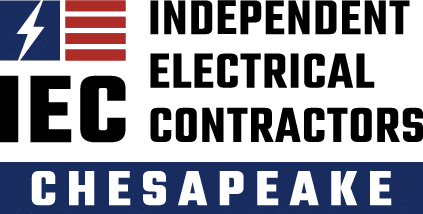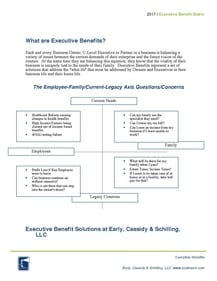
I work with a good number of multiple partner firms. One thing we always discuss is bringing up their next generation, getting the heir apparents involved strategic planning and how to judge if they can take on the responsibilities of management. The discussion of how this new generation gets the money to buy out the old is often pushed to the side.
Paying retiring partners out of cash flow or keeping reserves on hand seem to be some of the means most often used. There are issues with both methods – current cash flows only hamstrings the new generation as they take over and in the current interest rate environment cash reserves are earning very low to no interest. Below is a different idea.
Thomas, Richard & Harold, P.L.C is a law firm in the DC. There are currently 10 partners and about 150 employees. The current shareholders agreement calls for an immediate payout for all partners in the event of retirement, disability or death. Each of the partners carries a term life insurance policy for about $500,000 as the firm is valued around $5M (the death benefits vary based on percentage of ownership). These policies were purchased in 2007.
The firm recently considered a merger that it eventually turned down. Over the course of the due diligence process a full valuation of TR&H was done and the value was set at $7.2M. Bearing this in mind the firm re-evaluated its position with regard to the life insurance on each partner. One of the Partners suggested that the firm speak with an Insurance Agent who had recently helped with a Disability Buy Out that occurred at one his client’s businesses.
Prior to pulling together any quotes the agent reviewed the valuation and shareholder agreement. What the agent’s team found and pointed out was that the firm was not only required to pay out immediately upon death, but they would need to do the same in the event of a disability or retirement. In a discussion among Partners the most senior partners put up a large roadblock to changing that language. When the CFO reviewed the financials she found it was possible to start reserving cash for an eventual pay out for the Senior Partner’s retirement.
The Agent’s team suggested using a Corporate Owned Life Insurance (COLI) product as means of solving all three problems. By using the COLI policy TR&H could use the cash value in the policy to pay out a retiring or disabled partner, and the death benefit could be used to pay out in the event of a members passing. The COLI policy could also be issued with minimal underwriting thereby allying some of the fears of the Senior Partners who had a health scare during the year. The CFO reviewed the Internal Rate of Return for both the COLI policy and found that the COLI policy being an Index based product returned a positive IRR year 1 and continually out earned cash in this low interest rate environment.
The firm eventually elected to purchase $7.2M of COLI as a means of handling their Shareholder Agreement.
It is this a perfect scenario of a business with generous cash-flow, yes it is, not every business I work with is like this. However, the concept of Corporate Owned Life Insurance does make sense in the right scenarios over a basic term policy. In this case the firm was only protected for death with basic term. By using a COLI product on the Partners the firm was able to fund all aspects of its succession, and because of the low/no surrender charges on the COLI policy it could behave like cash with greater returns.
It is not perfect for all businesses, but the concept I am finding is not talked about enough in favor of the tried and true and very flawed paying from cash flow or keeping large reserves.














